I. J. Bahl9781580533096, 1580533094
Table of contents :
Lumped Elements for RF
and Microwave Circuits……Page 5
Copyright……Page 6
Contents……Page 9
Preface……Page 19
Acknowledgments……Page 21
1.1 History of Lumped Elements……Page 23
1.2 Why Use Lumped Elements for RF and Microwave Circuits?……Page 24
1.3 L, C, R Circuit Elements……Page 26
1.4 Basic Design of Lumped Elements……Page 28
1.4.1 Capacitor……Page 29
1.4.3 Resistor……Page 30
1.5 Lumped- Element Modeling……Page 31
1.6 Fabrication……Page 33
1.7 Applications……Page 34
References……Page 35
2.1 Introduction……Page 39
2.2.2 Magnetic Energy……Page 40
2.2.4 Effective Inductance……Page 42
2.2.6 Time Constant……Page 43
2.2.7 Quality Factor……Page 44
2.2.11 Other Parameters……Page 45
2.3 Inductor Configurations……Page 46
2.4.1 Analytical Models……Page 47
2.4.2 Coupled- Line Approach……Page 50
2.4.3 Mutual Inductance Approach……Page 56
2.4.4 Numerical Approach……Page 58
2.4.5 Measurement- Based Model……Page 60
2.5.1 Low- Resistivity Substrates……Page 67
2.5.2 High- Resistivity Substrates……Page 68
2.6.1 Series and Parallel Representations……Page 72
2.6.2 Network Representations……Page 73
References……Page 74
3 Printed Inductors……Page 79
3.1 Inductors on Si Substrate……Page 80
3.1.1 Conductor Loss……Page 82
3.1.2 Substrate Loss……Page 85
3.1.3 Layout Considerations……Page 86
3.1.4 Inductor Model……Page 87
3.1.5 Q- Enhancement Techniques……Page 91
3.1.6 Stacked- Coil Inductor……Page 102
3.1.7 Temperature Dependence……Page 106
3.2 Inductors on GaAs Substrate……Page 108
3.2.1 Inductor Models……Page 109
3.2.3 Comprehensive Inductor Data……Page 110
3.2.4 Q- Enhancement Techniques……Page 126
3.2.5 Compact Inductors……Page 134
3.2.6 High Current Handling Capability Inductors……Page 138
3.3 Printed Circuit Board Inductors……Page 140
3.4.1 Thin- Film Inductors……Page 143
3.4.2 Thick- Film Inductors……Page 146
3.4.3 LTCC Inductors……Page 148
3.5 Ferromagnetic Inductors……Page 149
References……Page 151
4.1.1 Analytical Expressions……Page 159
4.1.2 Compact High- Frequency Inductors……Page 166
4.2 Bond Wire Inductor……Page 168
4.2.1 Single and Multiple Wires……Page 169
4.2.2 Wire Near a Corner……Page 172
4.2.3 Wire on a Substrate Backed by a Ground Plane……Page 173
4.2.4 Wire Above a Substrate Backed by a Ground Plane……Page 175
4.2.5 Curved Wire Connecting Substrates……Page 176
4.2.7 Maximum Current Handling of Wires……Page 177
4.3.2 Measurement- Based Model for Air Core Inductors……Page 178
4.3.3 Measurement- Based Model for Bond Wires……Page 180
4.4 Magnetic Materials……Page 182
References……Page 183
5.1 Introduction……Page 185
5.2.1 Capacitor Value……Page 187
5.2.4 Temperature Coefficient……Page 188
5.2.7 Series and Parallel Resonances……Page 189
5.2.11 Rated Current……Page 192
5.3.1 Multilayer Dielectric Capacitor……Page 193
5.3.2 Multiplate Capacitor……Page 194
5.4.1 Vertically Mounted Series Capacitor……Page 195
5.4.2 Flat- Mounted Series Capacitor……Page 198
5.4.3 Flat- Mounted Shunt Capacitor……Page 199
5.4.4 Measurement- Based Model……Page 200
5.5.2 Maximum RF Current Rating……Page 203
5.5.3 Maximum Power Dissipation……Page 204
5.6.1 Series and Shunt Connections……Page 207
5.6.2 Network Representations……Page 209
References……Page 210
6 Monolithic Capacitors……Page 213
6.1 MIM Capacitor Models……Page 214
6.1.1 Simple Lumped Equivalent Circuit……Page 215
6.1.2 Coupled Microstrip- Based Distributed Model……Page 216
6.1.3 Single Microstrip- Based Distributed Model……Page 220
6.1.4 EC Model for MIM Capacitor on Si……Page 224
6.1.5 EM Simulations……Page 226
6.2 High- Density Capacitors……Page 228
6.2.1 Multilayer Capacitors……Page 230
6.2.2 Ultra- Thin- Film Capacitors……Page 233
6.2.4 Fractal Capacitors……Page 234
6.2.5 Ferroelectric Capacitors……Page 236
6.3 Capacitor Shapes……Page 238
6.3.1 Rectangular Capacitors……Page 239
6.3.3 Octagonal Capacitors……Page 240
6.4.1 Q- Enhancement Techniques……Page 242
6.4.3 Maximum Power Handling……Page 245
References……Page 249
7 Interdigital Capacitors……Page 251
7.1.1 Approximate Analysis……Page 252
7.1.2 J- Inverter Network Equivalent Representation……Page 257
7.1.3 Full- Wave Analysis……Page 258
7.1.4 Measurement- Based Model……Page 260
7.2.1 Compact Size……Page 261
7.2.2 Multilayer Capacitor……Page 263
7.2.3 Q- Enhancement Techniques……Page 266
7.2.4 Voltage Tunable Capacitor……Page 269
7.3 Interdigital Structure as a Photodetector……Page 271
References……Page 273
8.1 Introduction……Page 275
8.2.1 Power Rating……Page 277
8.2.4 Maximum Working Voltage……Page 278
8.3 Resistor Types……Page 279
8.3.3 Monolithic Resistors……Page 280
8.4 High- Power Resistors……Page 287
8.5 Resistor Models……Page 289
8.5.1 EC Model……Page 290
8.5.2 Distributed Model……Page 291
8.5.3 Meander Line Resistor……Page 292
8.6.2 Electrical Representations……Page 294
8.7 Effective Conductivity……Page 296
References……Page 298
9.1.1 Via Hole Connection……Page 301
9.1.2 Via Hole Ground……Page 303
9.2 Via Hole Models……Page 304
9.2.1 Analytical Expression……Page 305
9.2.2 Quasistatic Method……Page 306
9.2.3 Parallel Plate Waveguide Model……Page 308
9.2.4 Method of Moments……Page 309
9.2.5 Measurement- Based Model……Page 311
9.3 Via Fence……Page 312
9.3.2 Radiation from Via Ground Plug……Page 315
9.5 Via Hole Layout……Page 316
References……Page 318
10.1 Airbridge and Crossover……Page 321
10.2.1 Quasistatic Method……Page 323
10.2.2 Full- Wave Analysis……Page 328
10.3.1 Analytical Model……Page 330
10.3.2 Measurement- Based Model……Page 332
References……Page 337
11 Transformers and Baluns……Page 339
11.1.1 Parameters Definition……Page 340
11.1.2 Analysis of Transformers……Page 341
11.1.3 Ideal Transformers……Page 344
11.1.4 Equivalent Circuit Representation……Page 345
11.1.5 Equivalent Circuit of a Practical Transformer……Page 347
11.1.6 Wideband Impedance Matching Transformers……Page 348
11.2.1 Tapped Coil Transformers……Page 351
11.3 Transmission- Line Transformers……Page 354
11.4 Ferrite Transformers……Page 358
11.5 Parallel Conductor Winding Transformers on Si Substrate……Page 361
11.6 Spiral Transformers on GaAs Substrate……Page 363
11.6.1 Triformer Balun……Page 366
11.6.2 Planar- Transformer Balun……Page 367
References……Page 371
12.1.1 Filters……Page 375
12.1.2 Hybrids and Couplers……Page 378
12.1.3 Power Dividers/ Combiners……Page 392
12.1.4 Matching Networks……Page 394
12.1.5 Lumped- Element Biasing Circuit……Page 399
12.2 Control Circuits……Page 402
12.2.1 Switches……Page 403
12.2.2 Phase Shifters……Page 409
12.2.3 Digital Attenuator……Page 412
References……Page 414
13.1 Introduction……Page 417
13.1.1 Materials……Page 418
13.1.3 Mask Fabrication……Page 423
13.2 Printed Circuit Boards……Page 424
13.2.1 PCB Fabrication……Page 426
13.3 Microwave Printed Circuits……Page 427
13.3.1 MPC Fabrication……Page 429
13.3.2 MPC Applications……Page 430
13.4.1 Thin- Film MICs……Page 432
13.4.2 Thick- Film Technology……Page 434
13.4.3 Cofired Ceramic and Glass- Ceramic Technology……Page 436
13.5 GaAs MICs……Page 438
13.5.1 MMIC Fabrication……Page 440
13.6 CMOS Fabrication……Page 443
13.7 Micromachining Fabrication……Page 446
References……Page 447
14.1.1 Characteristic Impedance and Effective Dielectric Constant……Page 451
14.1.2 Effect of Strip Thickness……Page 453
14.2 Design Considerations……Page 454
14.2.2 Microstrip Losses……Page 455
14.2.3 Quality Factor Q……Page 457
14.2.4 Enclosure Effect……Page 460
14.2.5 Frequency Range of Operation……Page 465
14.2.6 Power- Handling Capability……Page 466
14.3 Coupled Microstrip Lines……Page 478
14.3.1 Even- Mode Capacitance……Page 479
14.3.2 Odd- Mode Capacitance……Page 480
14.3.4 Effective Dielectric Constants……Page 481
14.4 Microstrip Discontinuities……Page 482
14.5.1 Step- in- Width……Page 483
14.5.2 Chamfered Bend……Page 484
14.5.3 T- Junction……Page 485
References……Page 487
Appendix……Page 491
About the Author……Page 493
Index……Page 495
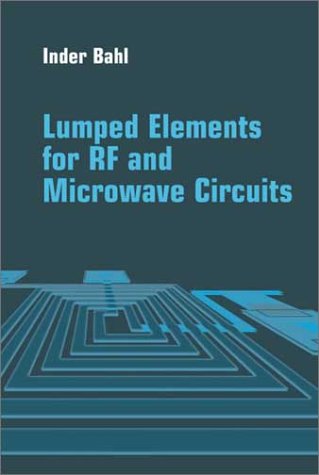
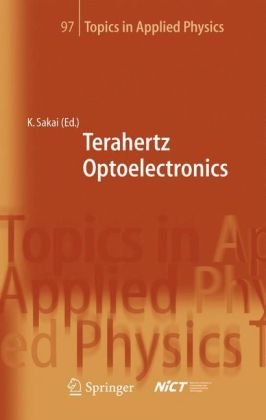
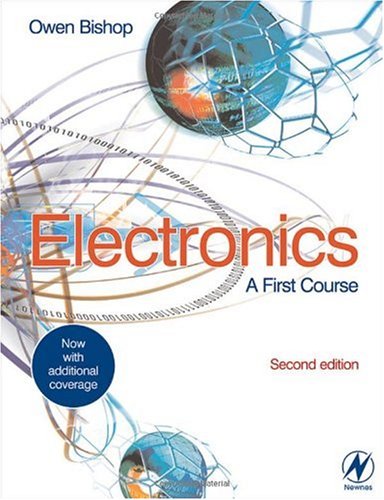
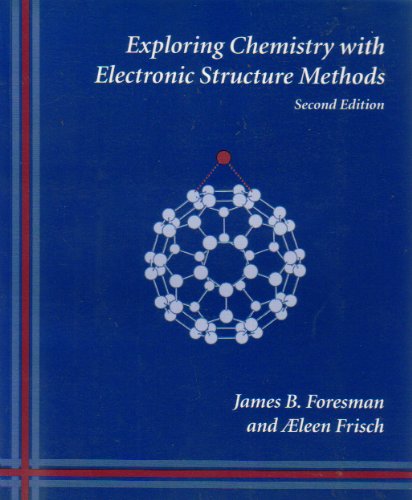
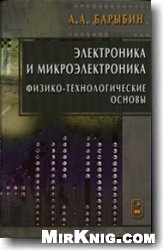
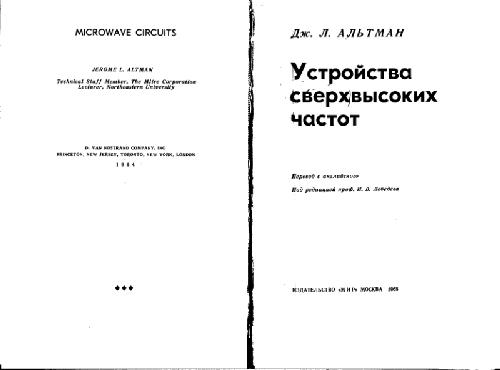
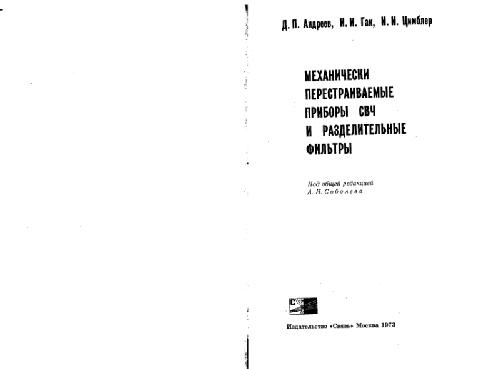
Reviews
There are no reviews yet.